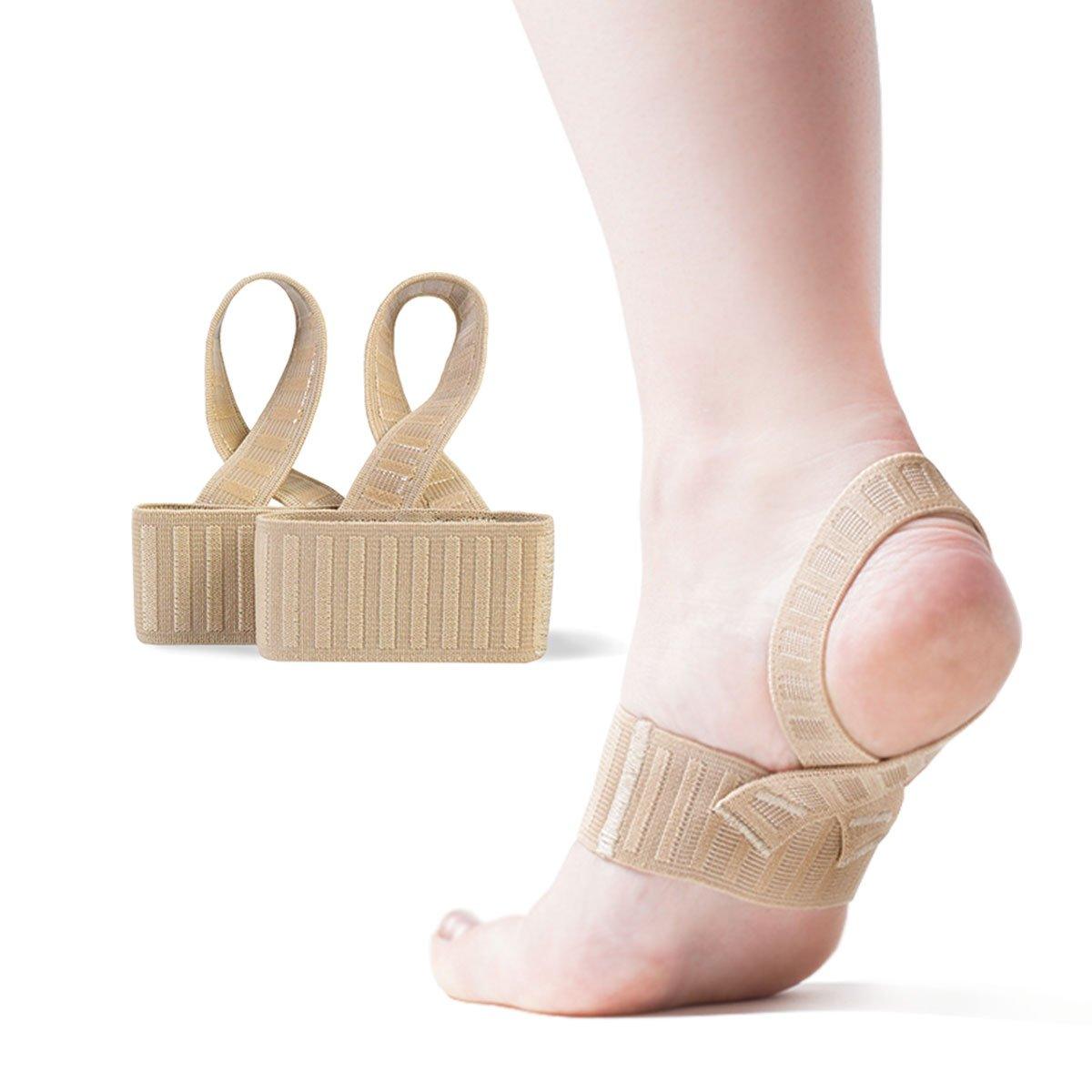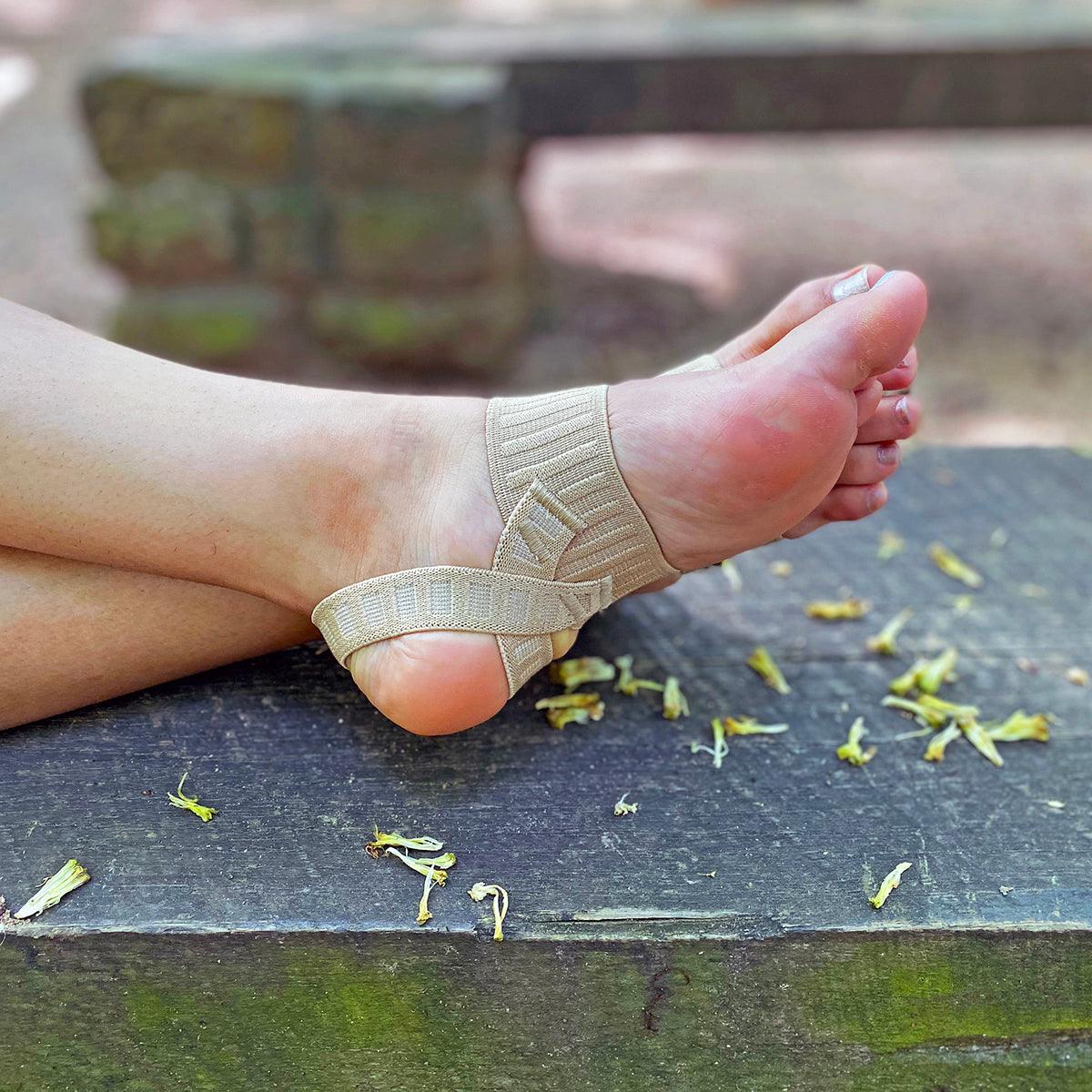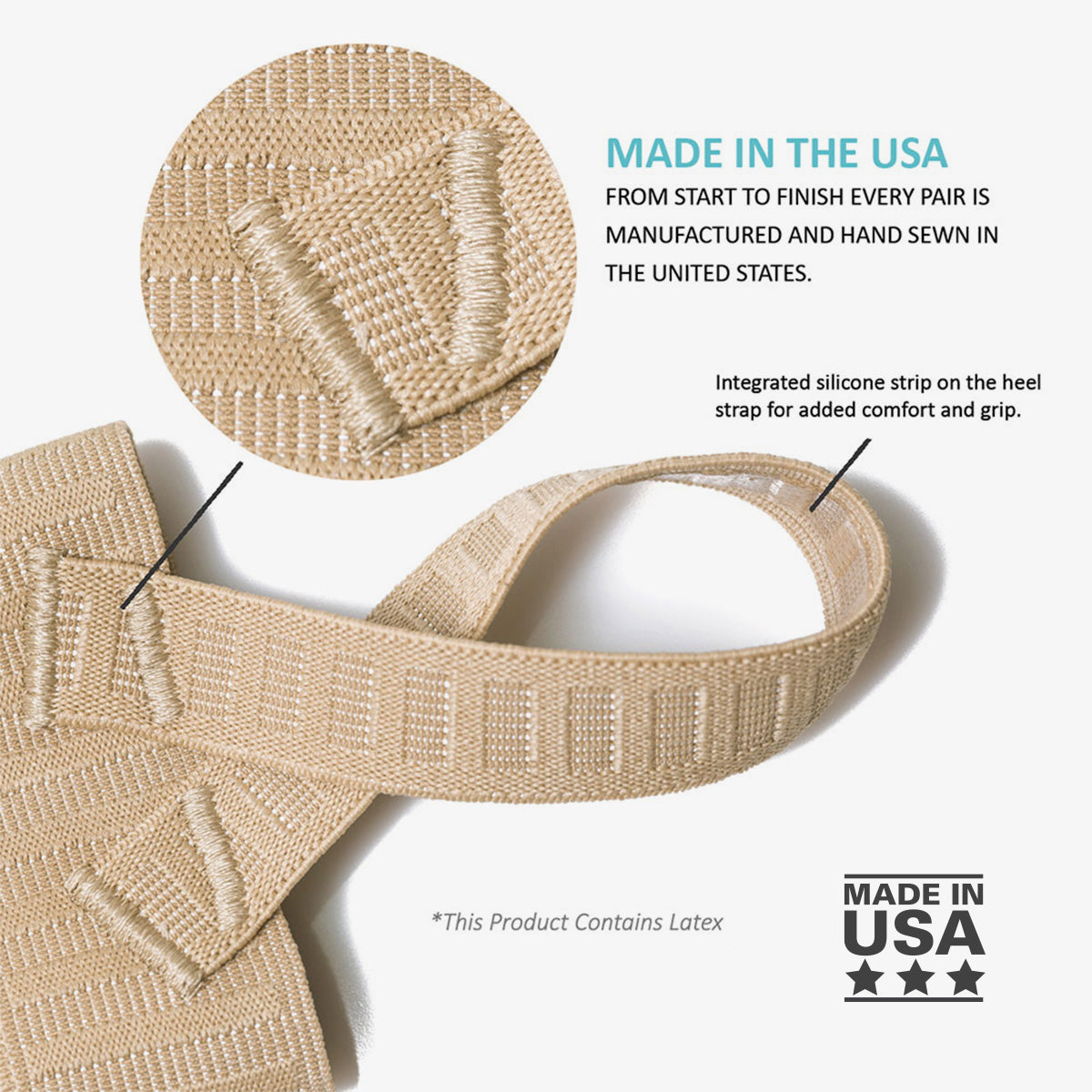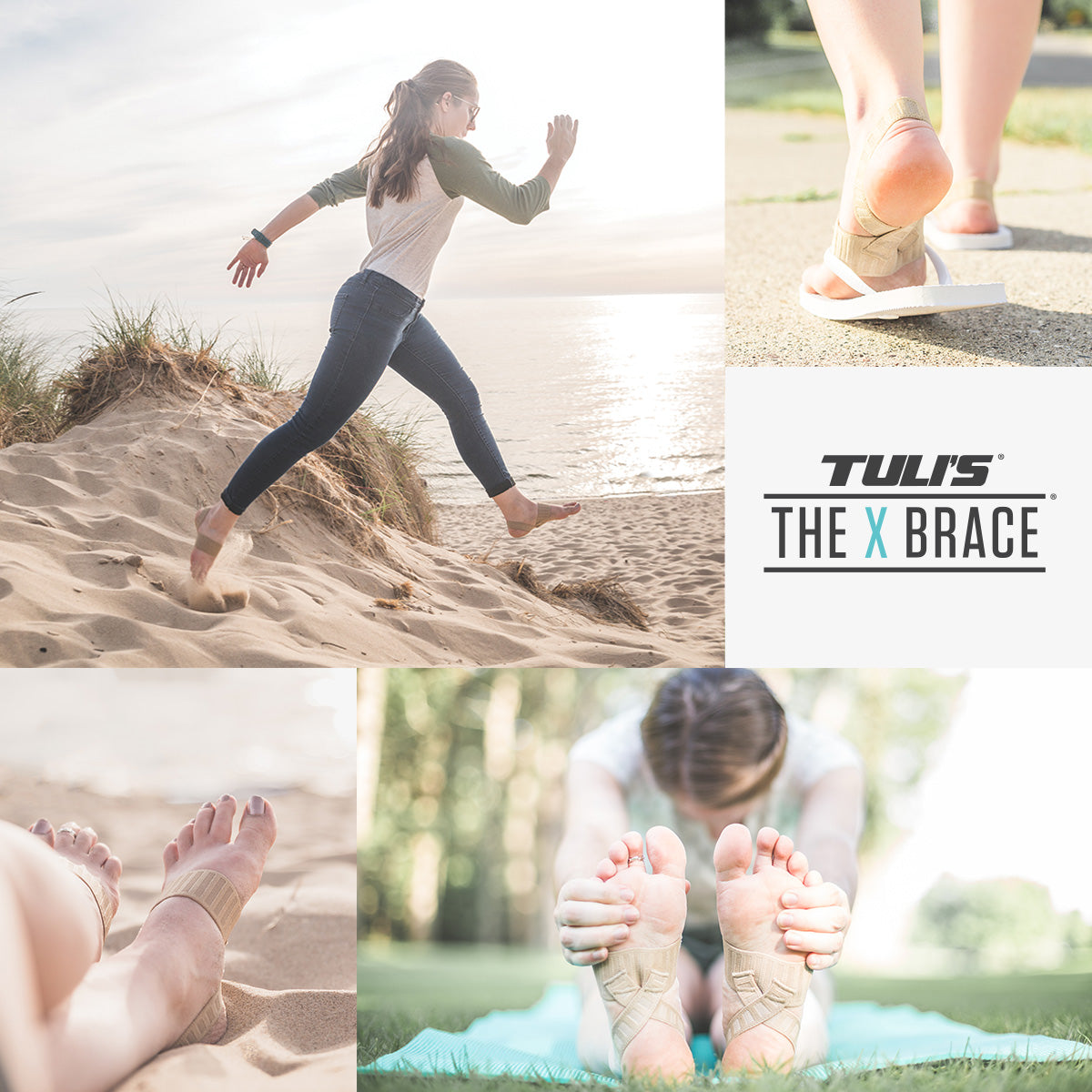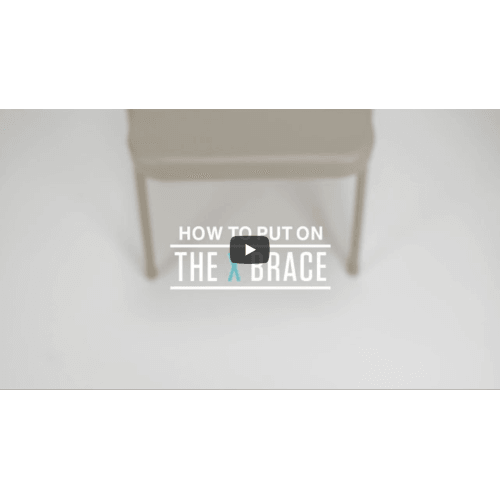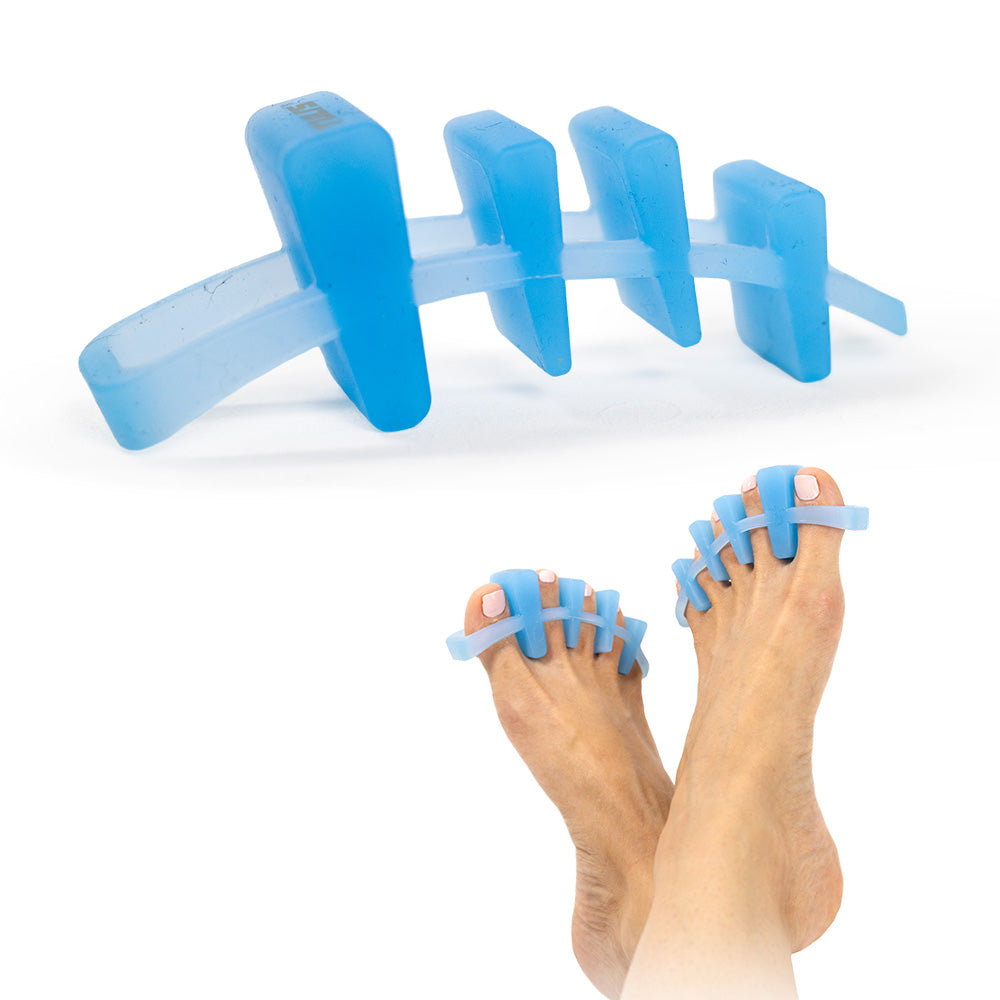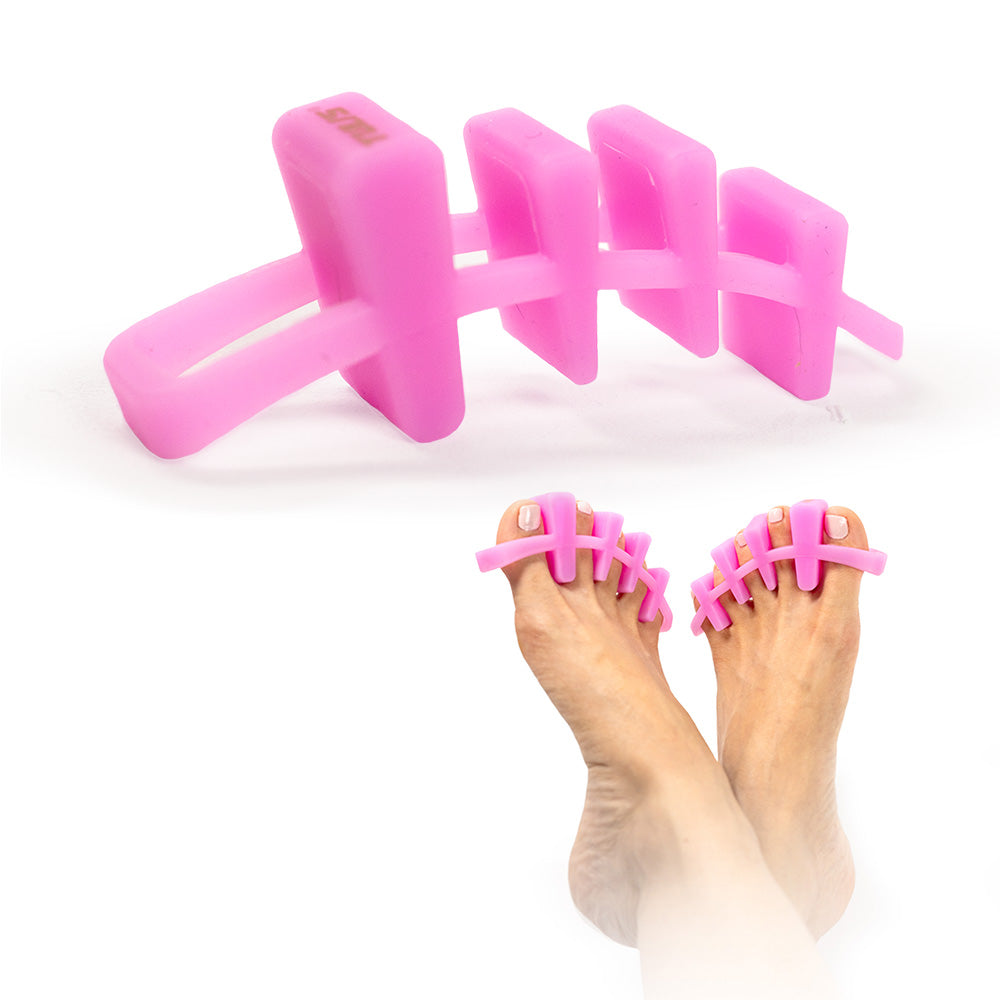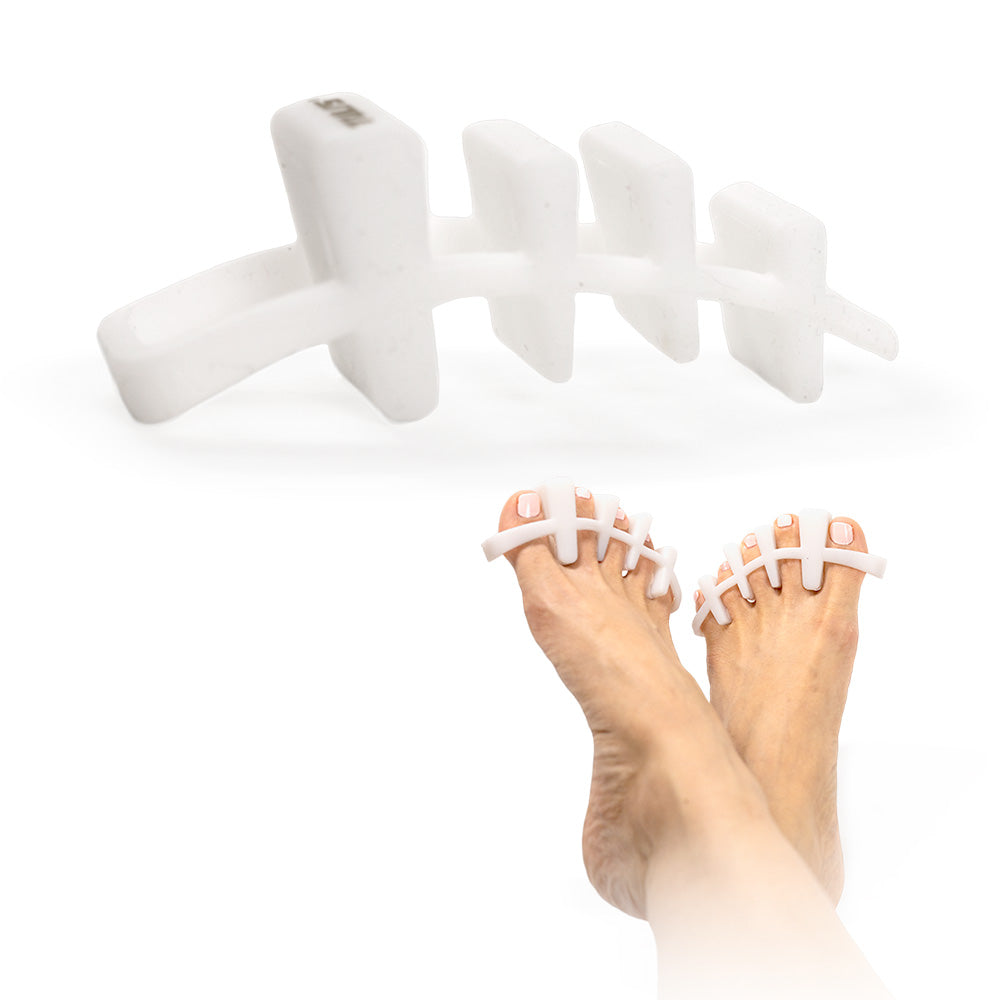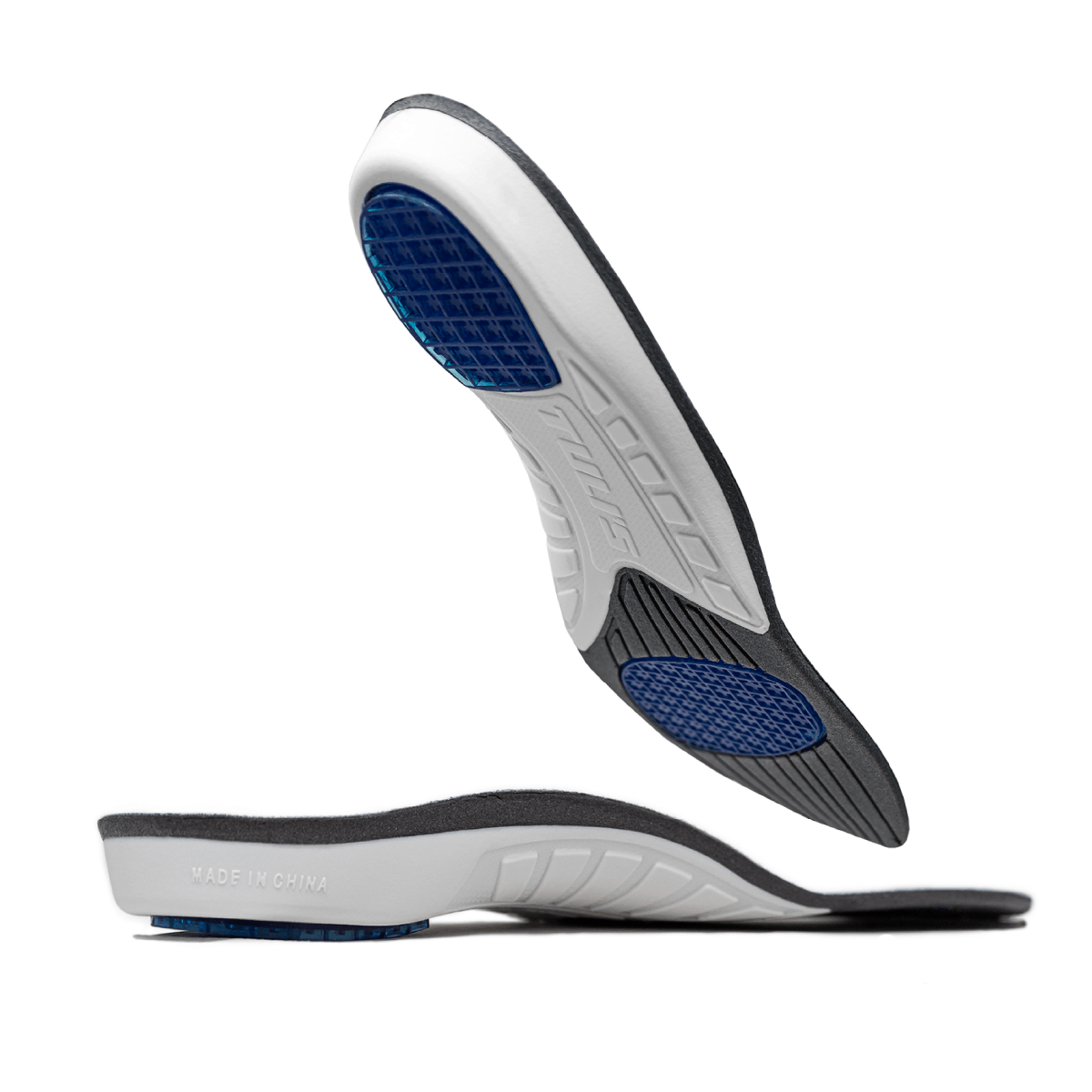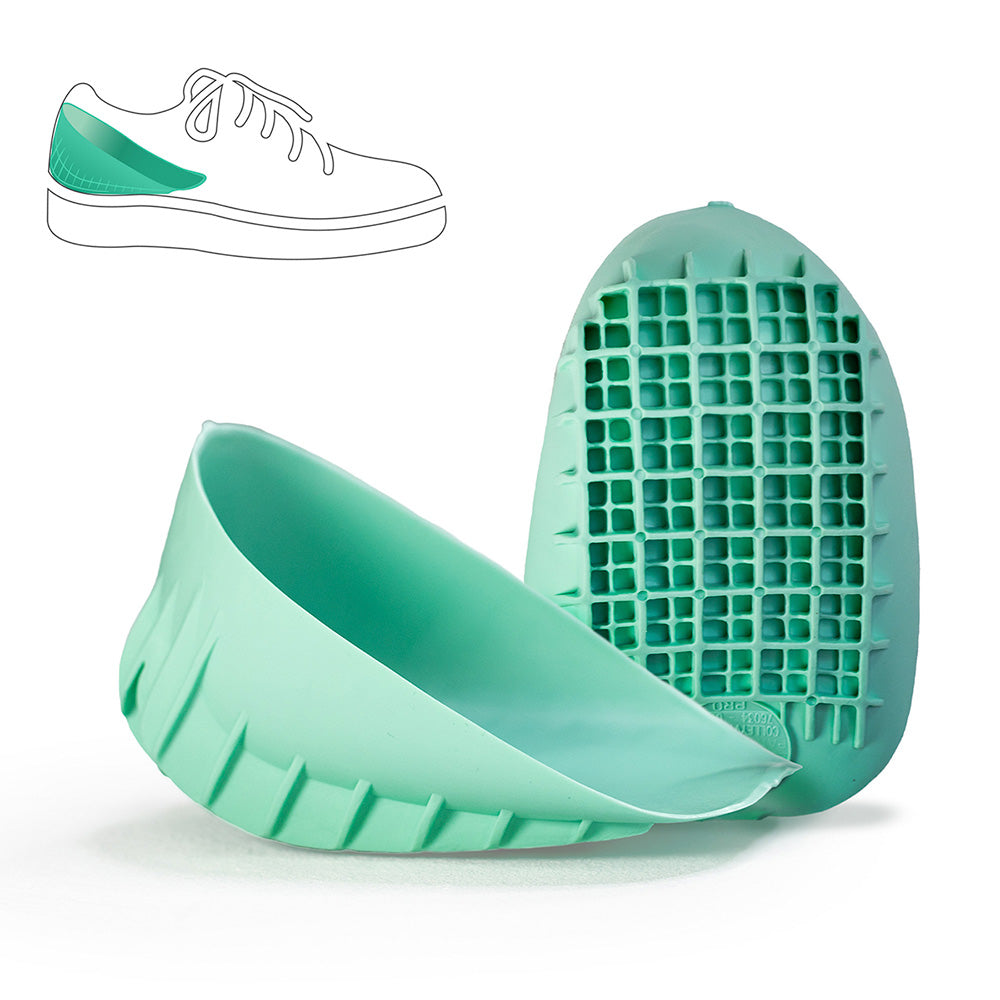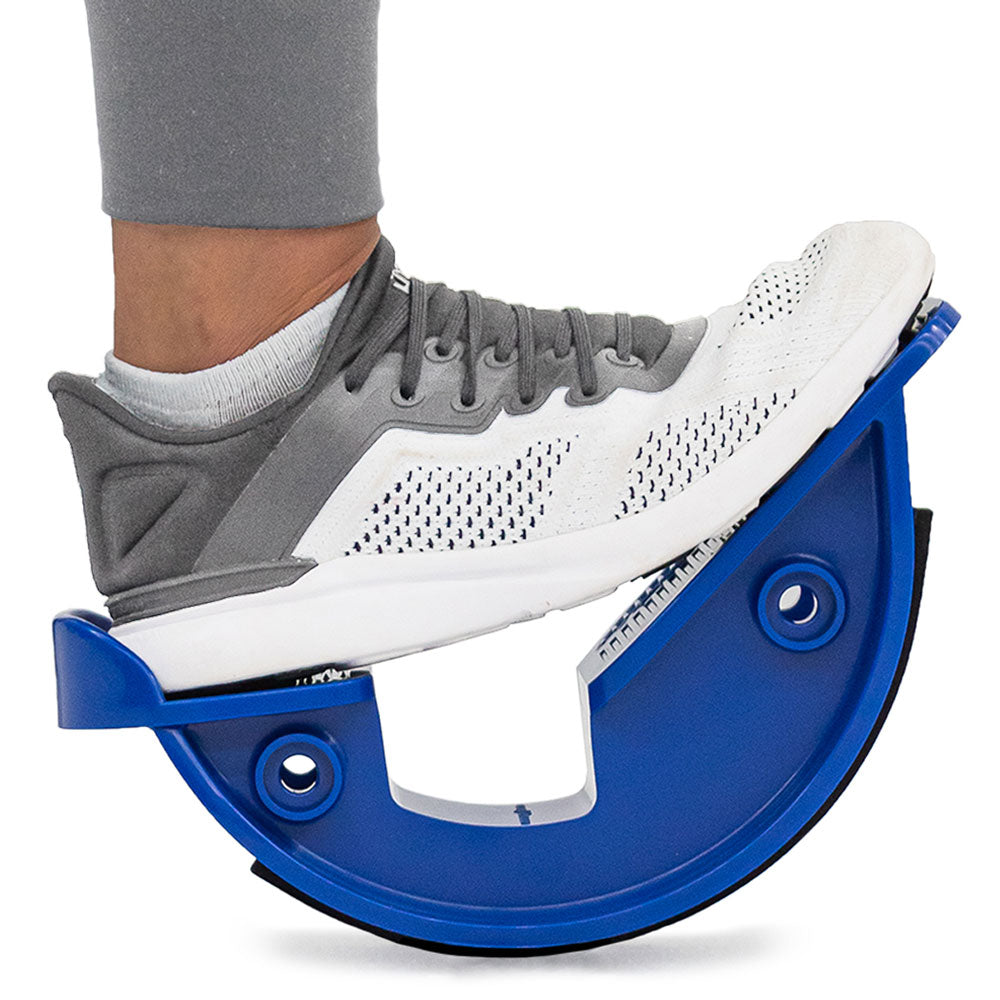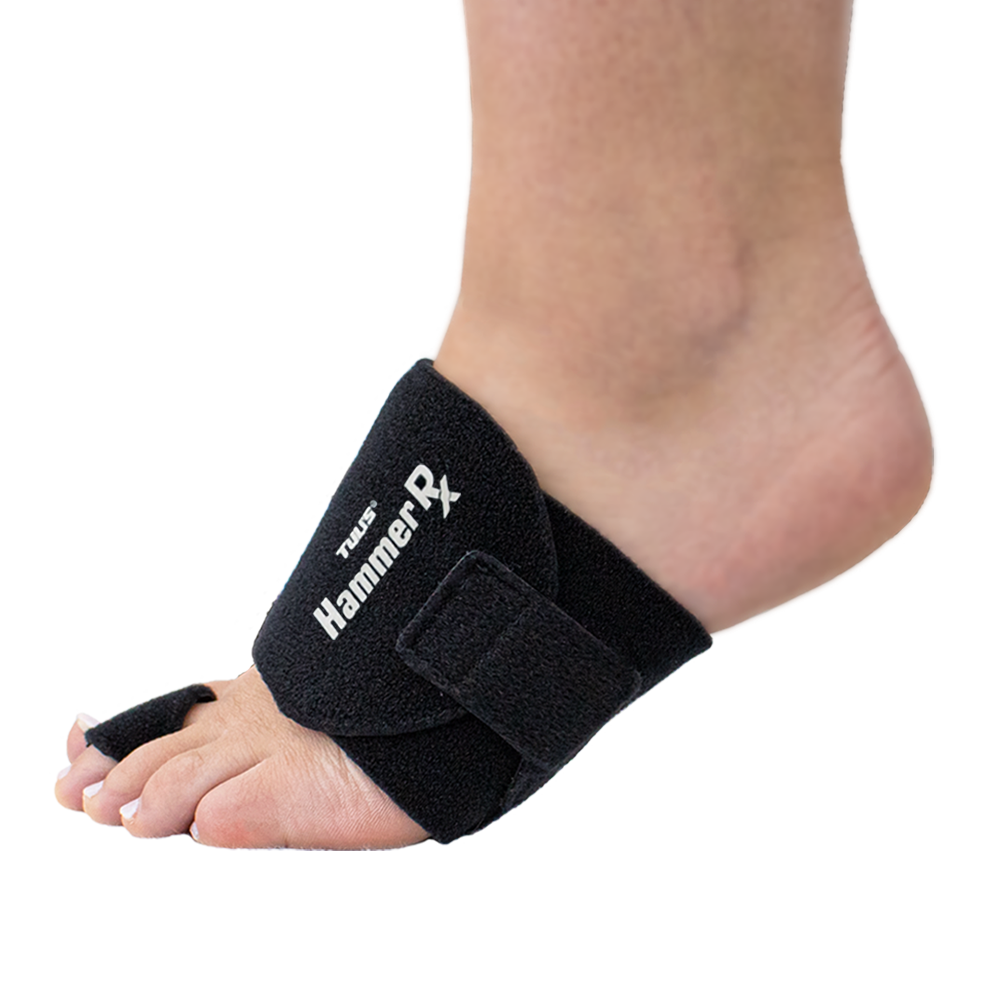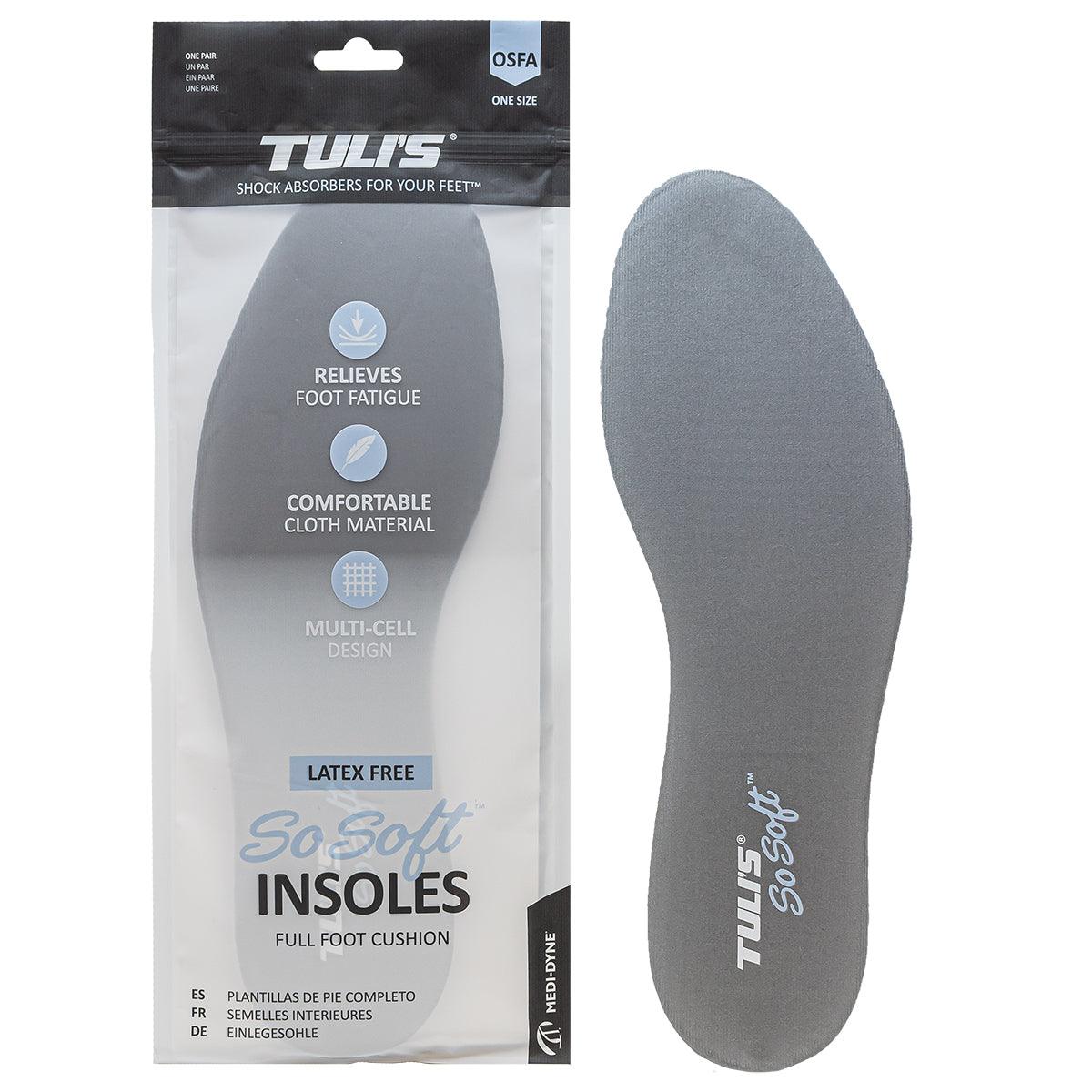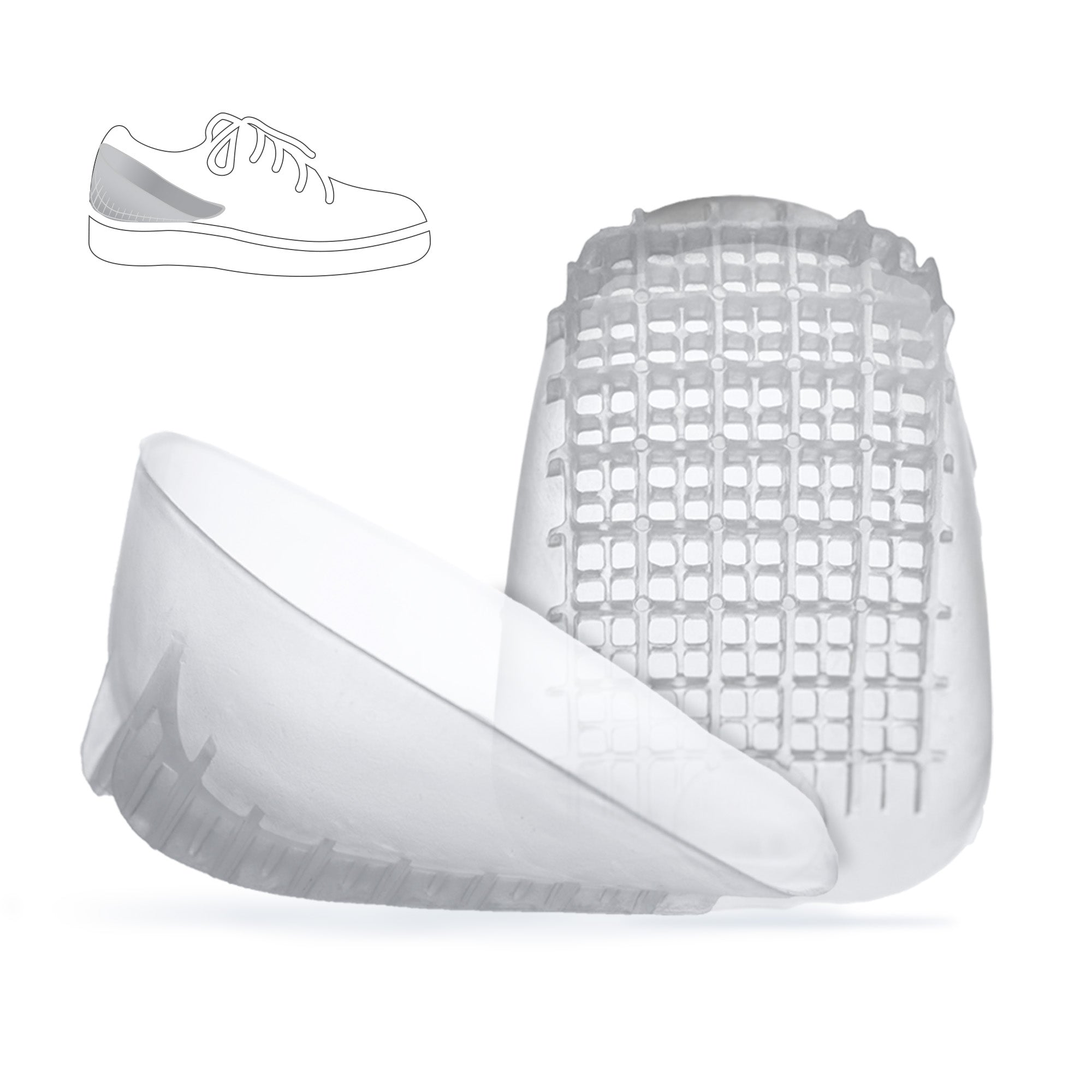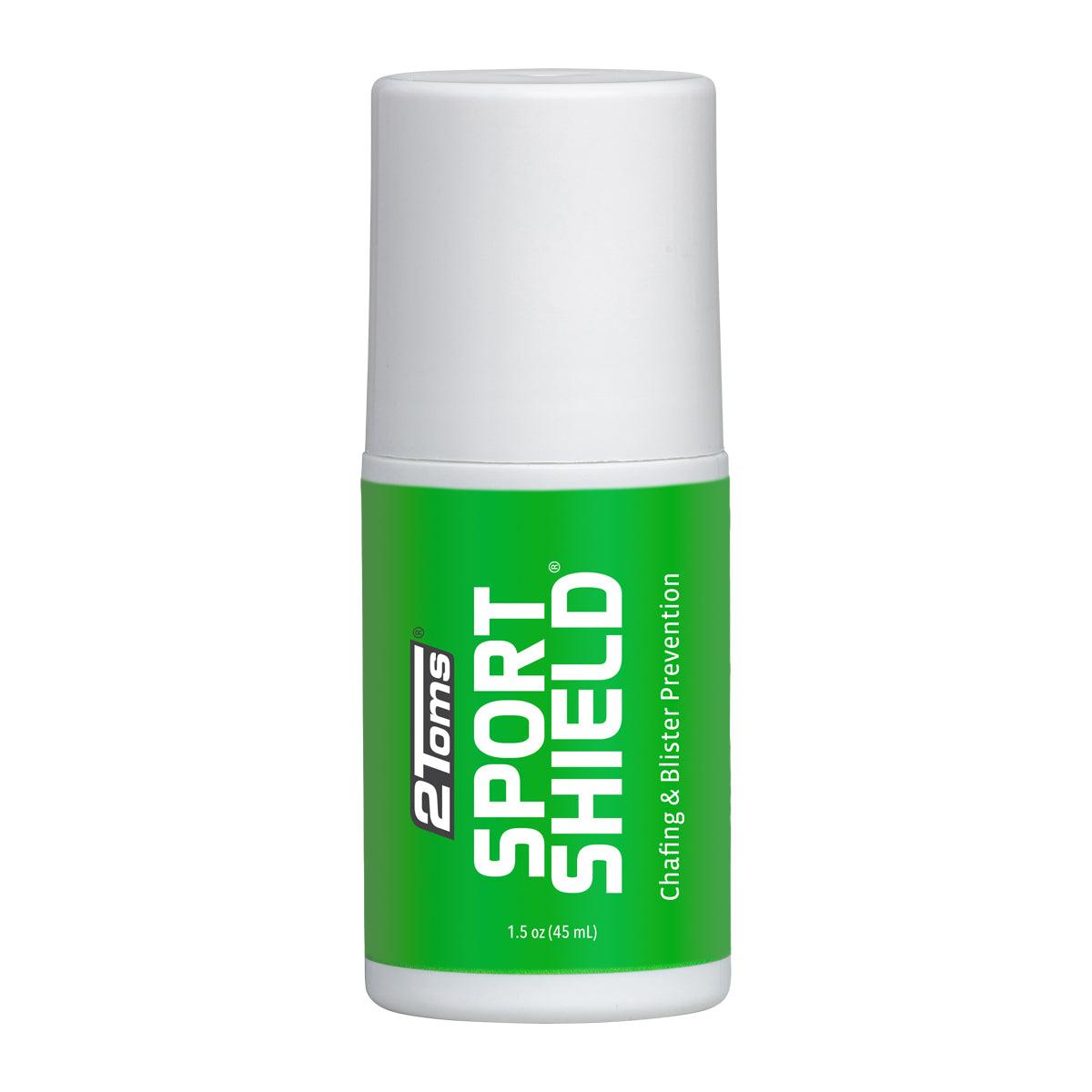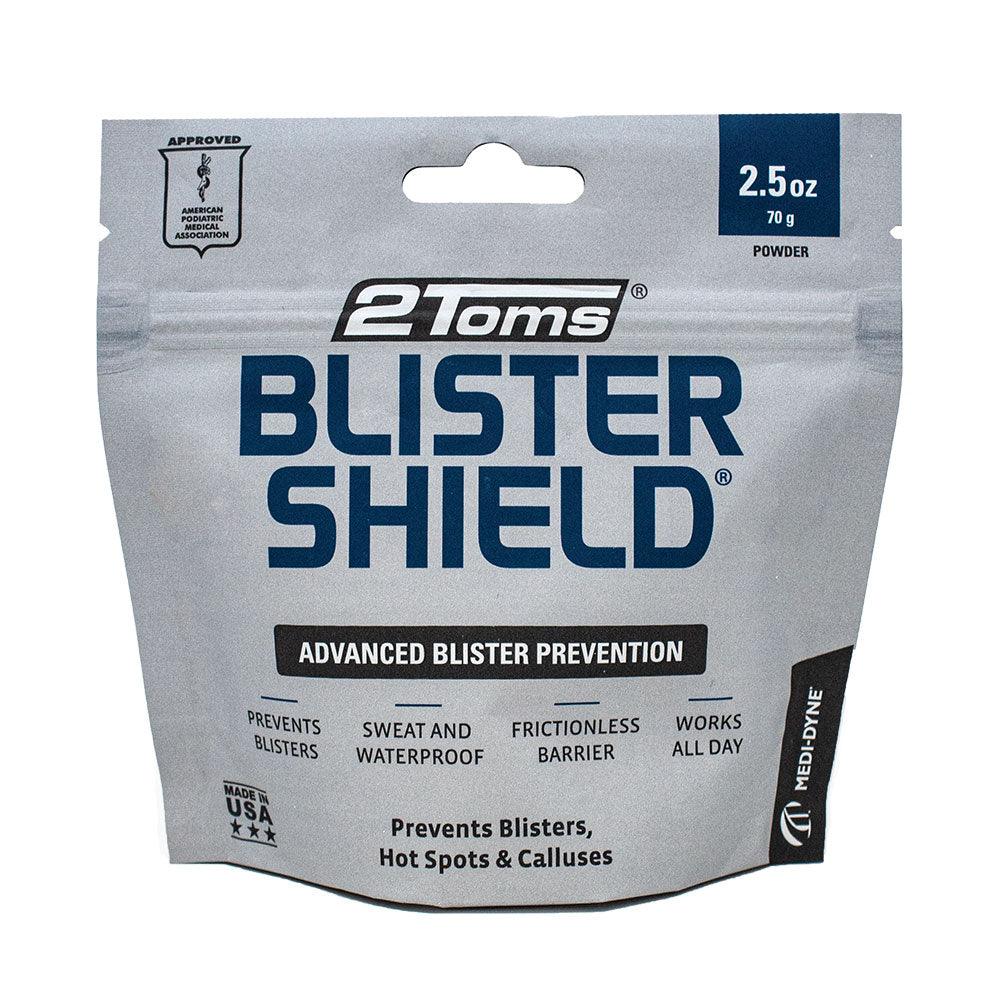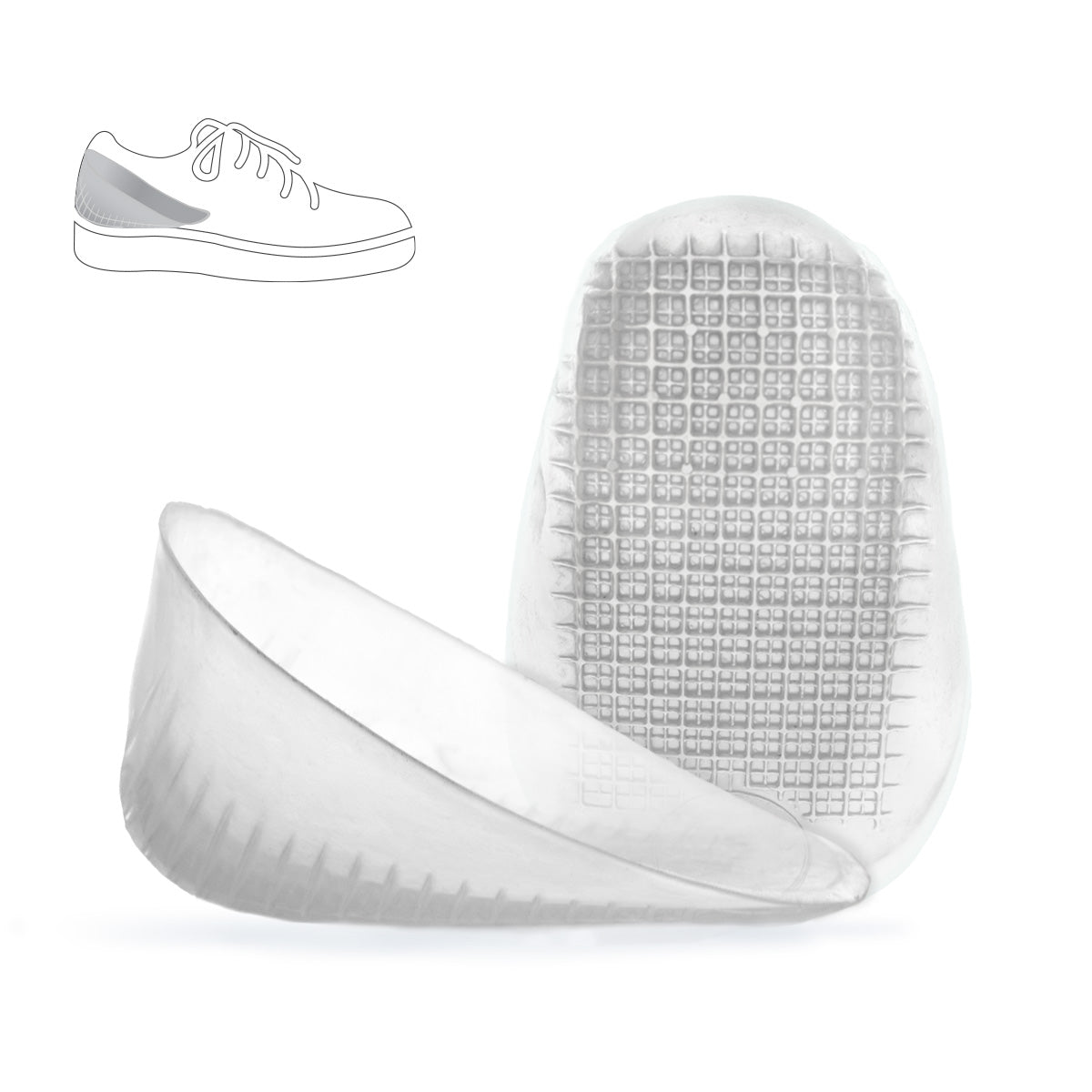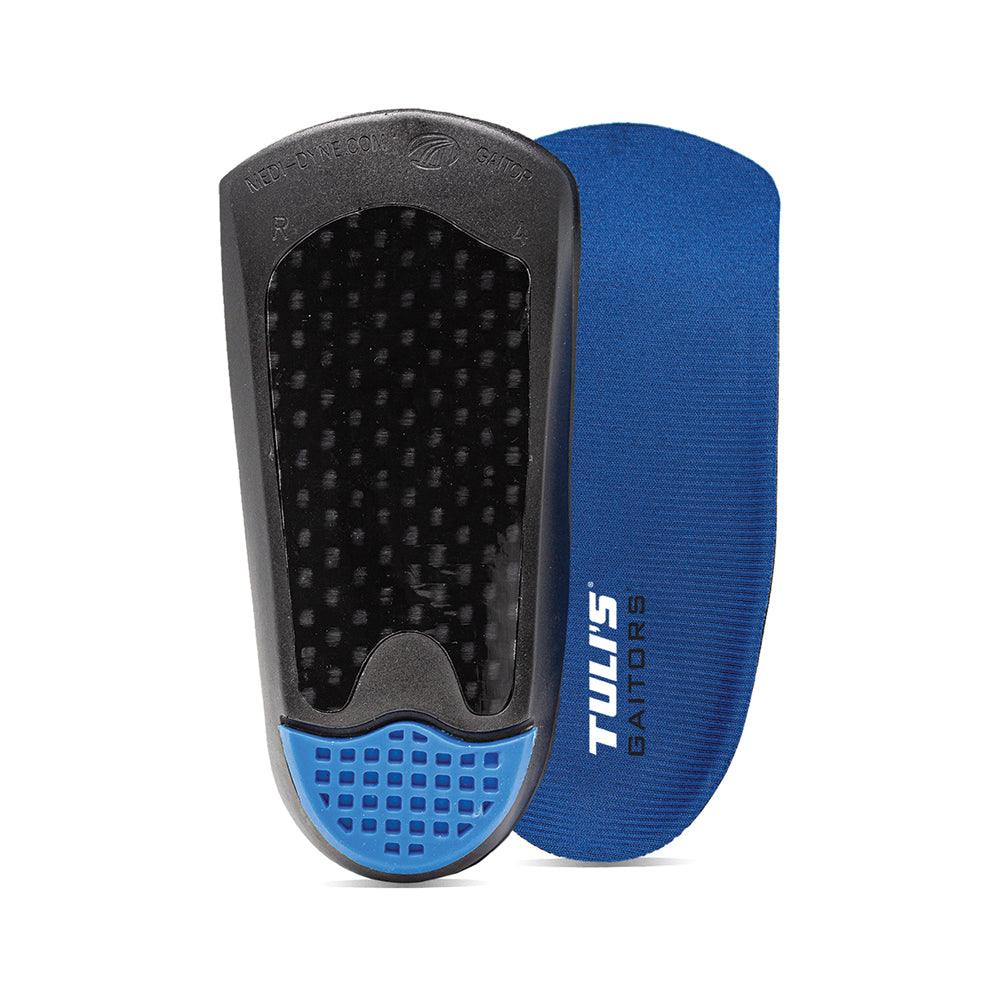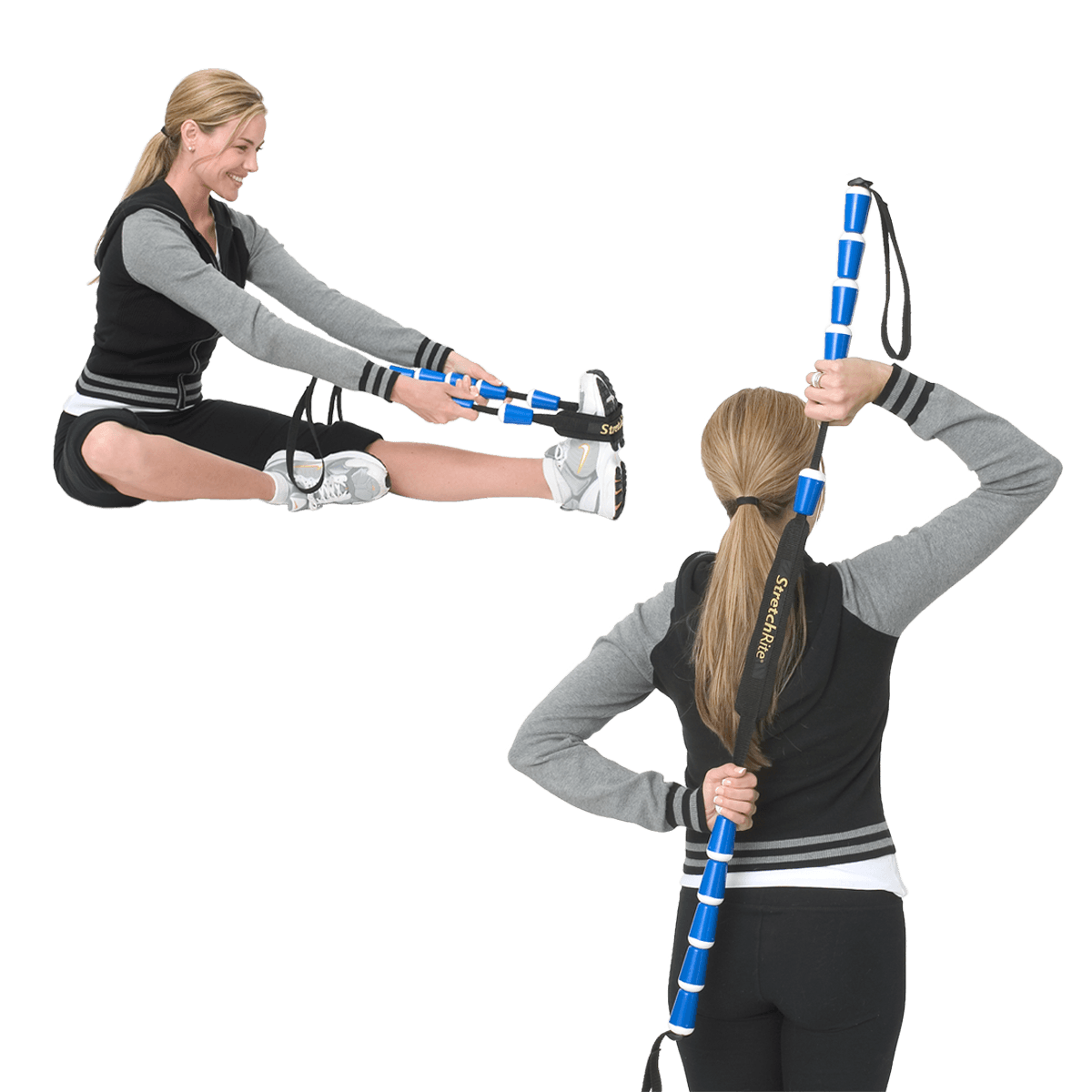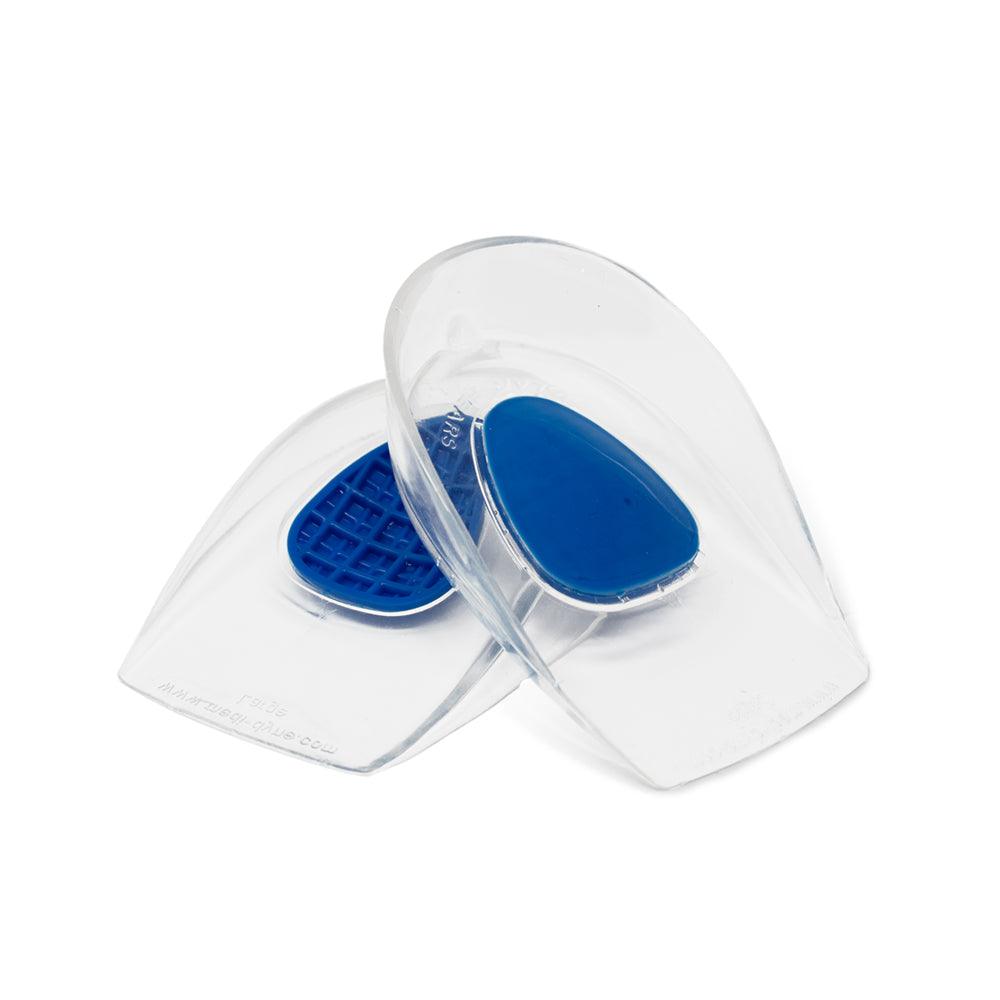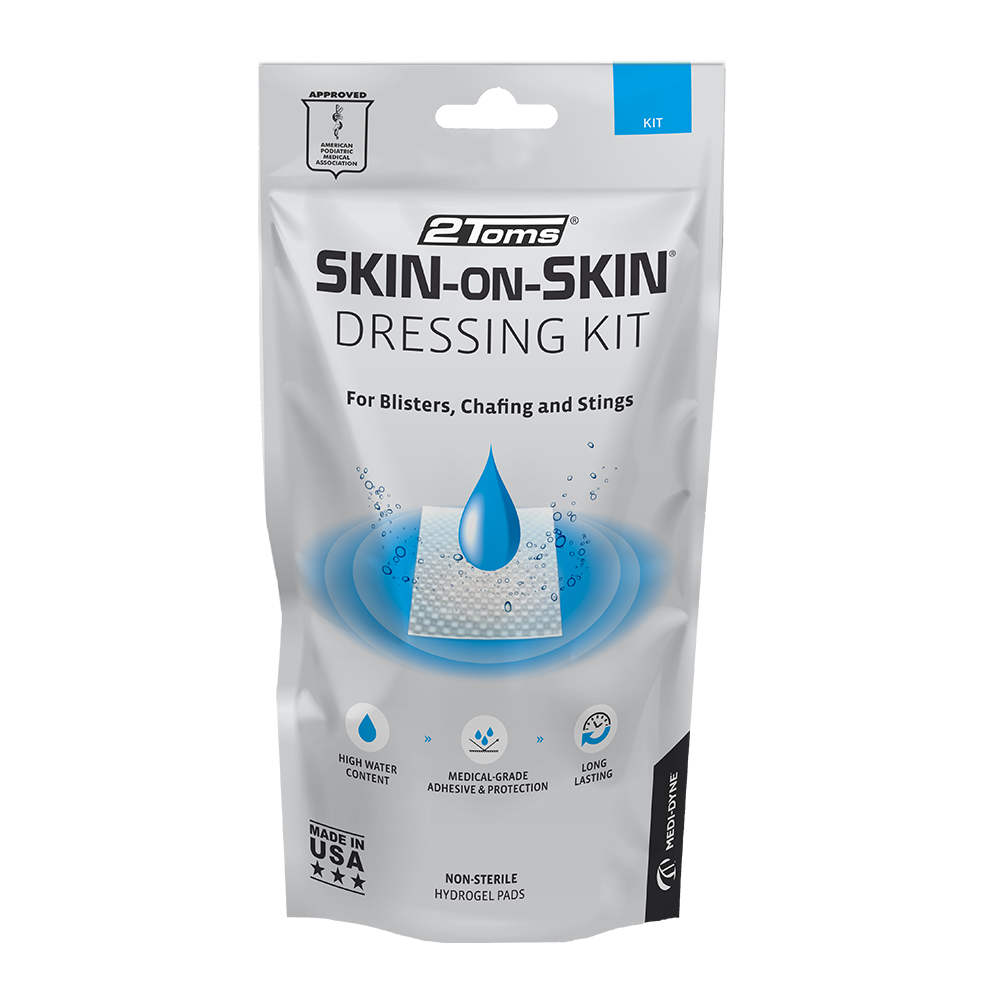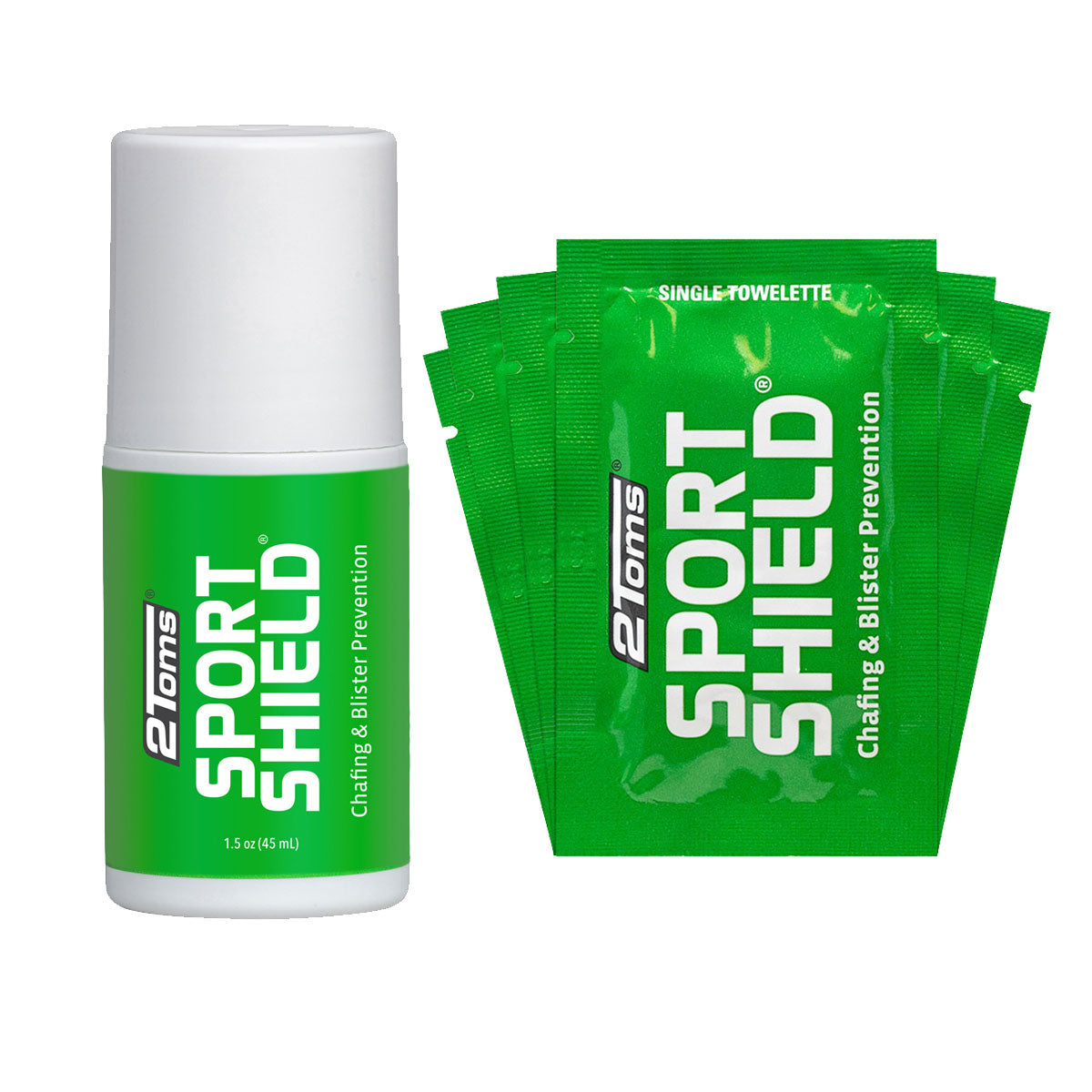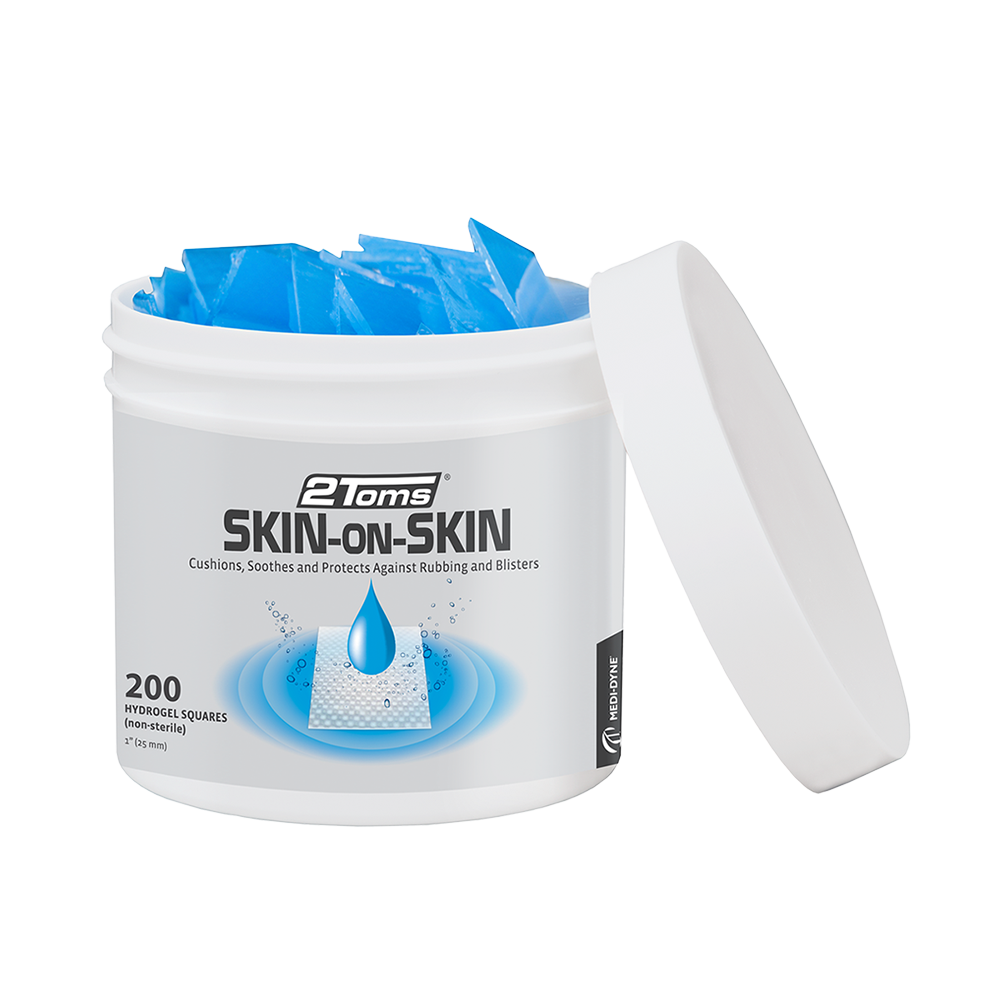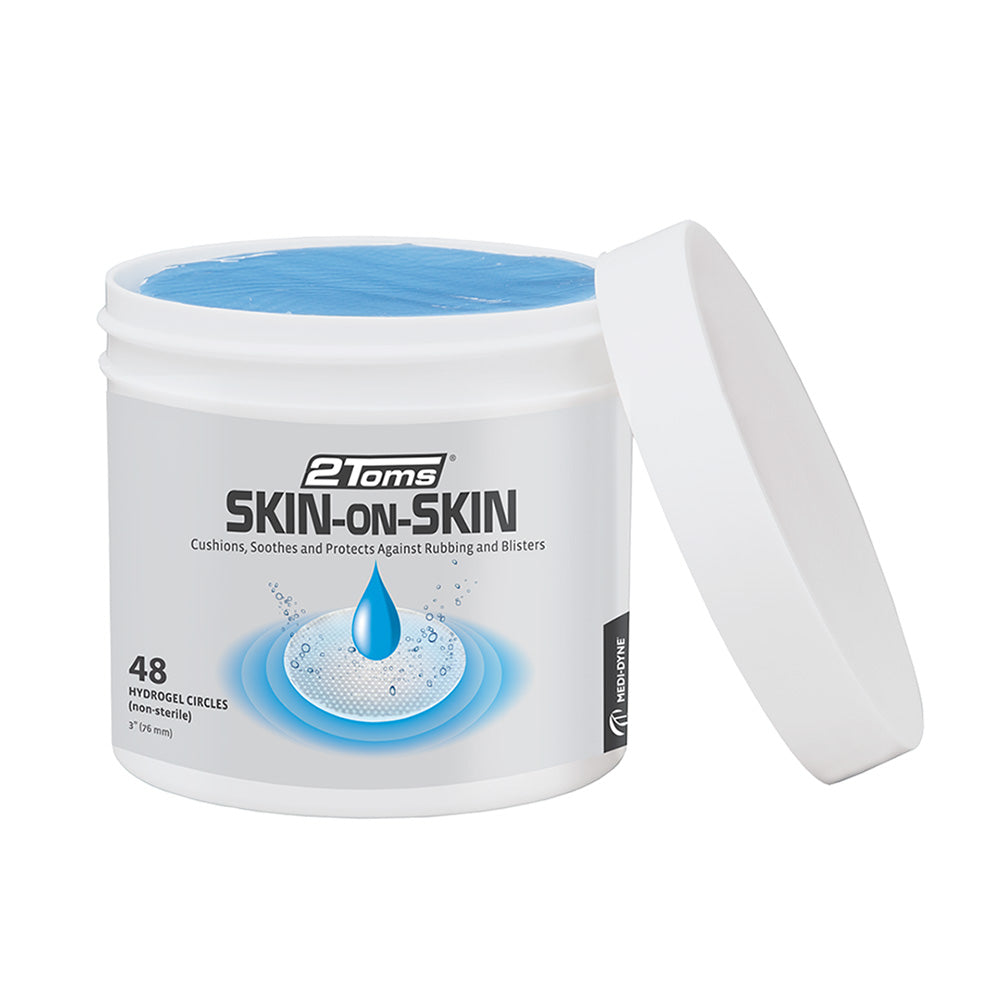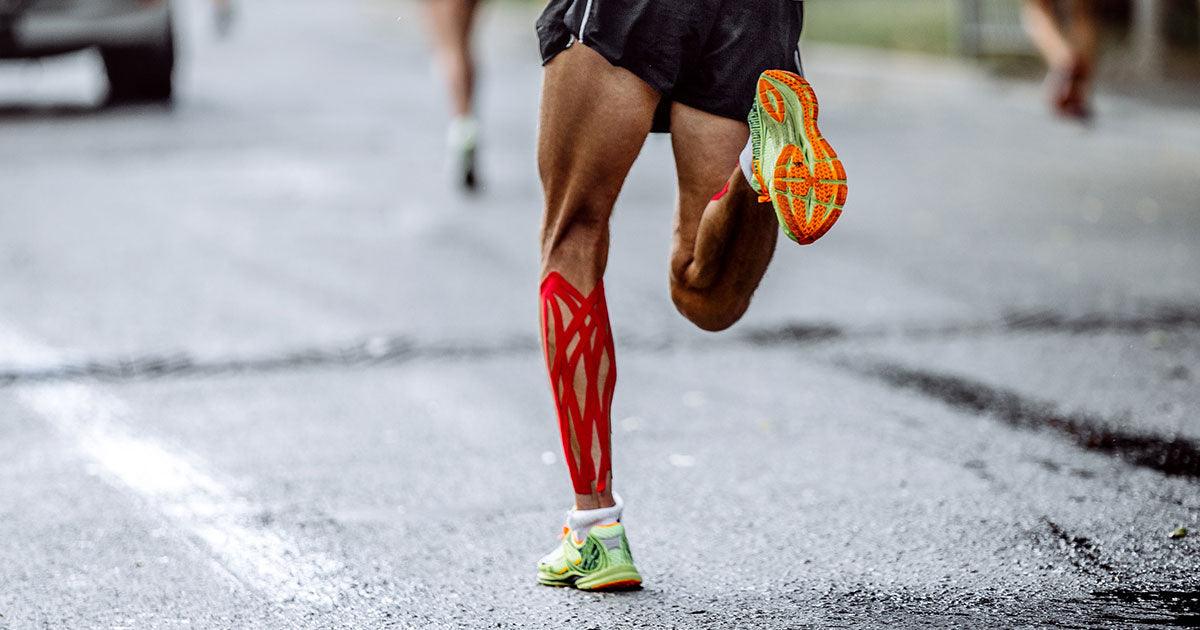Plantar fasciitis is unfortunately very common, but there are tactics and remedies you can use to help ease the pain and recover. (If you’re not sure what the signs of plantar fasciitis are, our plantar fasciitis treatment page)
One thing you should do immediately, if you think you have plantar fasciitis, is to call your doctor. Your doctor, or a podiatrist, are the only ones that can confirm if you have plantar fasciitis. At your visit they may want to take x-rays to see if the foot pain you’re experiencing may be a stress fracture, bone spur, or other foot problems. If you’re unable to see your doctor or a podiatrist right away, here are a few suggestions that can provide relief in the meantime.
Rest
Rest your feet. By continuing to put pressure on them, your further causing stress to the plantar fascia, the ligament on the bottom of the foot that connects the heel bone to your toes.
Ice
When the plantar fascia is strained, it tends to get swollen or inflamed. One thing that can help with that is by applying an ice pack to the arch and heel of your foot.
Shoes
Often time, plantar fasciitis makes itself known as soon as you get out of bed and your feet hit the floor. To help with that pain, put supportive shoes or The X Brace on right after you get up. Walking around without any arch support may make your pain worse.
Stretches
Stretching can help strengthen the muscles that support your arch and make your fascia ligament more flexible. You can find a list of appropriate stretches on our recommended treatment page.
Shoe Insoles
Cushioning insoles are a great way to provide relief from your plantar fasciitis pain. The supportive arches and heel cups of the insole can provide the support your plantar fascia needs. If you are looking for a custom fit orthotic for your shoes, you will need a prescription from your doctor.
Foot Brace
Wearing a brace designed for plantar fasciitis can reduce any pain and discomfort you feel. The X Brace, an elastic brace, is specifically built by doctors for that purpose. It’s minimal in size and very simple to use, making it perfect to wear with any type of shoe.
Once it is confirmed by a doctor that you have plantar fasciitis, we highly recommend you follow their treatment plan. The remedies and tools we provide above are suggestions that can help supplement what your doctor has laid out.
TRY TULI'S X BRACE
Specifically designed to help keep your plantar fascia ligament from flexing, The X Brace is made to give you the support where you need it the most. If you experience severe pain or persistent limited mobility, please seek professional medical attention.
OTHER RELATED TOPICS:
HOW ARE PLANTAR FASCIITIS INSOLES DIFFERENT FROM REGULAR INSOLES?
5 THINGS A PLANTAR FASCIITIS INSOLE MUST HAVE TO BE EFFECTIVE
5 BEST HEEL CUPS FOR PLANTAR FASCIITIS
PLANTAR FASCIITIS, A REASON TO WORRY?
5 REASONS WHY YOU SHOULD STRETCH IN THE MORNING
PLEASE NOTE: The information on this website and article is for information only and should not be used as a substitute for consulting your doctor. Consult your doctor for proper diagnosis and rehabilitation








